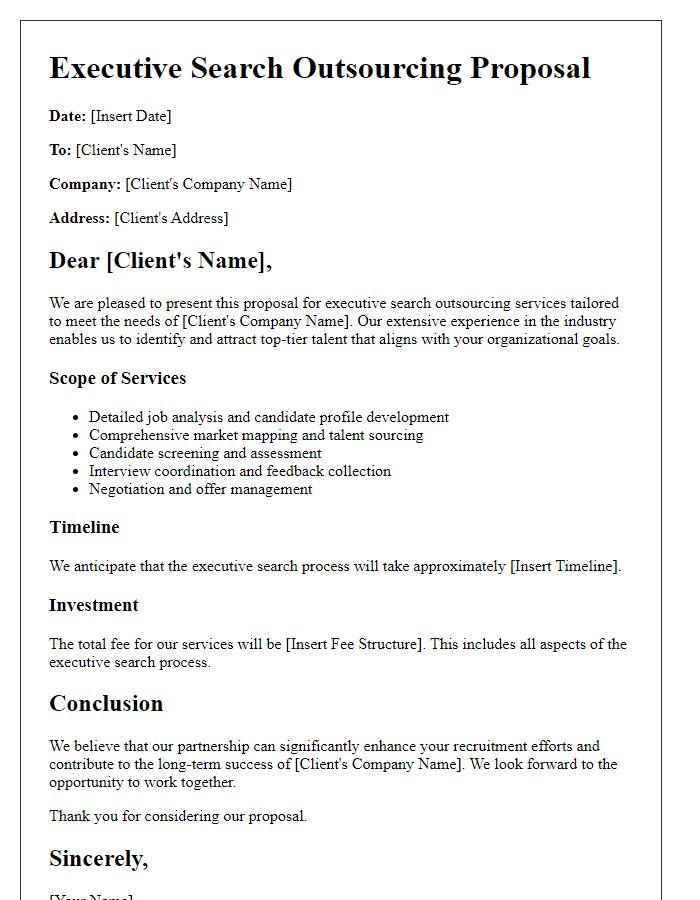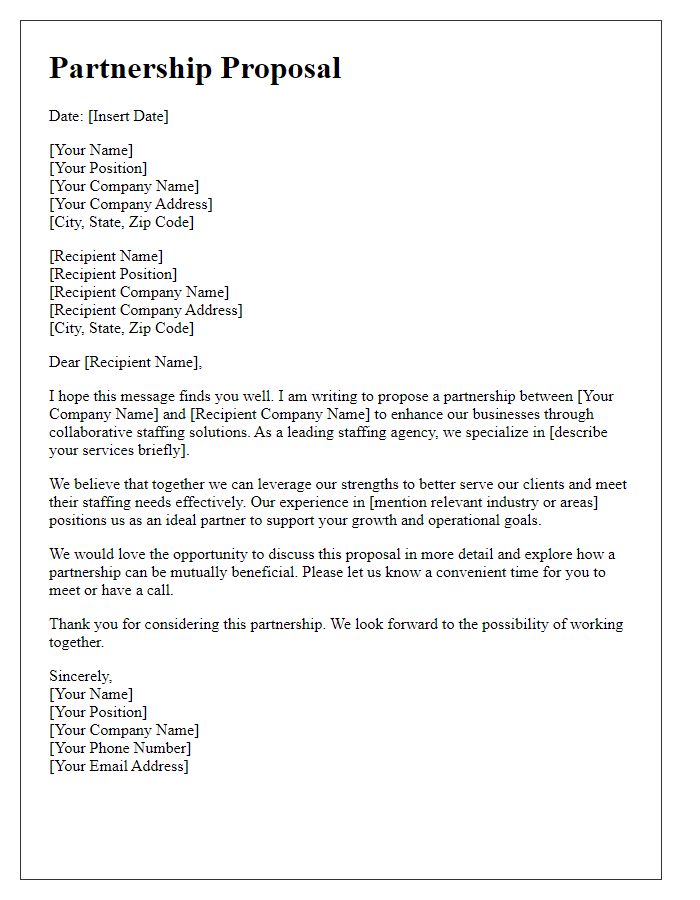In today's fast-paced business world, finding the right talent can be a daunting task. That's where recruitment outsourcing comes in, offering a streamlined solution to connect you with the best candidates without overwhelming your internal team. By leveraging industry expertise and advanced tools, outsourcing ensures you not only save time and resources but also enhance the quality of your hires. Curious to explore how this approach can benefit your organization? Read on!

Business Objectives and Goals
Recruitment outsourcing streamlines the hiring process for organizations, enabling them to focus on core business objectives while improving talent acquisition. Identifying qualified candidates efficiently allows businesses to meet growth targets and reduce time-to-hire metrics. Effective outsourcing firms utilize advanced technologies, such as artificial intelligence-driven applicant tracking systems, to match skills with job requirements. Additionally, leveraging industry expertise from external partners can refine employer branding strategies, attracting top talent in competitive markets. Enhanced candidate experience during recruitment increases retention rates, contributing to long-term organizational success and profitability.
Recruitment Process and Methodology
Recruitment outsourcing involves a strategic partnership where a specialized firm manages the recruitment process for an organization. This methodology encompasses various stages, including job analysis, candidate sourcing, screening, and interviewing. The use of advanced technologies, such as Applicant Tracking Systems (ATS) and Artificial Intelligence (AI), streamlines these processes by efficiently sorting through resumes and identifying qualified candidates. Furthermore, outsourcing firms leverage their extensive networks and databases to access a broader pool of talent, including passive candidates who are not actively seeking new opportunities. Regular communication between the outsourcing provider and the client organization at key milestones ensures alignment with the company's culture and specific hiring needs. Comprehensive reporting on recruitment metrics, such as time to fill, cost per hire, and candidate satisfaction, enhances the decision-making process, allowing organizations to track recruitment effectiveness continuously.
Service Level Agreement and Deliverables
A recruitment outsourcing proposal outlines the Service Level Agreement (SLA) and deliverables essential for effective talent acquisition. This includes specific metrics such as time-to-fill, typically ranging from 30 to 60 days, and quality-of-hire, often assessed through a performance evaluation within the first six months of employment. Key deliverables may encompass regular candidate sourcing reports and weekly updates on applicant tracking, ensuring transparency in the recruitment process. Furthermore, establishing a communication framework for feedback cycles helps maintain alignment between the outsourcing partner, human resources, and hiring managers, facilitating quick adjustments to strategy and approach. All parties involved shall agree on compliance with industry standards and relevant employment laws, particularly those pertaining to data protection such as GDPR, ensuring ethical recruitment practices throughout the process.
Cost Structure and Payment Terms
A recruitment outsourcing proposal needs a comprehensive cost structure detailing various components involved in the recruitment process. The cost structure typically includes fixed fees, variable costs, and potential bonuses for successful placements. The fixed fees cover essential services such as job postings on popular platforms, candidate sourcing, screening processes, and initial interviews, often ranging from $2,000 to $5,000 per position depending on job seniority. Variable costs may include advertising expenses, background checks, and assessments, potentially adding 10% to 20% to the total recruitment cost. Payment terms are crucial, usually outlined as milestone-based payments, where a percentage is paid upfront upon signing the contract (commonly 20%), with the remainder paid upon successful placements (often 80%). Additional terms may address reimbursement for any incurred expenses related to candidate travel or relocation, ensuring transparency and mutual understanding between the parties involved.
Client and Provider Responsibilities
Effective recruitment outsourcing relies on a clear delineation of responsibilities between the client organization and the service provider. The client's responsibilities include defining the recruitment needs, providing access to relevant systems and data, and ensuring timely feedback on candidate submissions. The client should also communicate company culture, values, and expectations to align with desired candidate profiles. On the provider side, responsibilities encompass sourcing candidates through various channels like job boards and social media platforms, screening applications, conducting initial interviews, and presenting qualified candidates to the client. The provider should also maintain consistent communication with the client, providing progress updates and strategic recruitment insights. Comprehensive coordination between the client and provider is essential for successful outcomes in recruitment outsourcing initiatives.













Comments